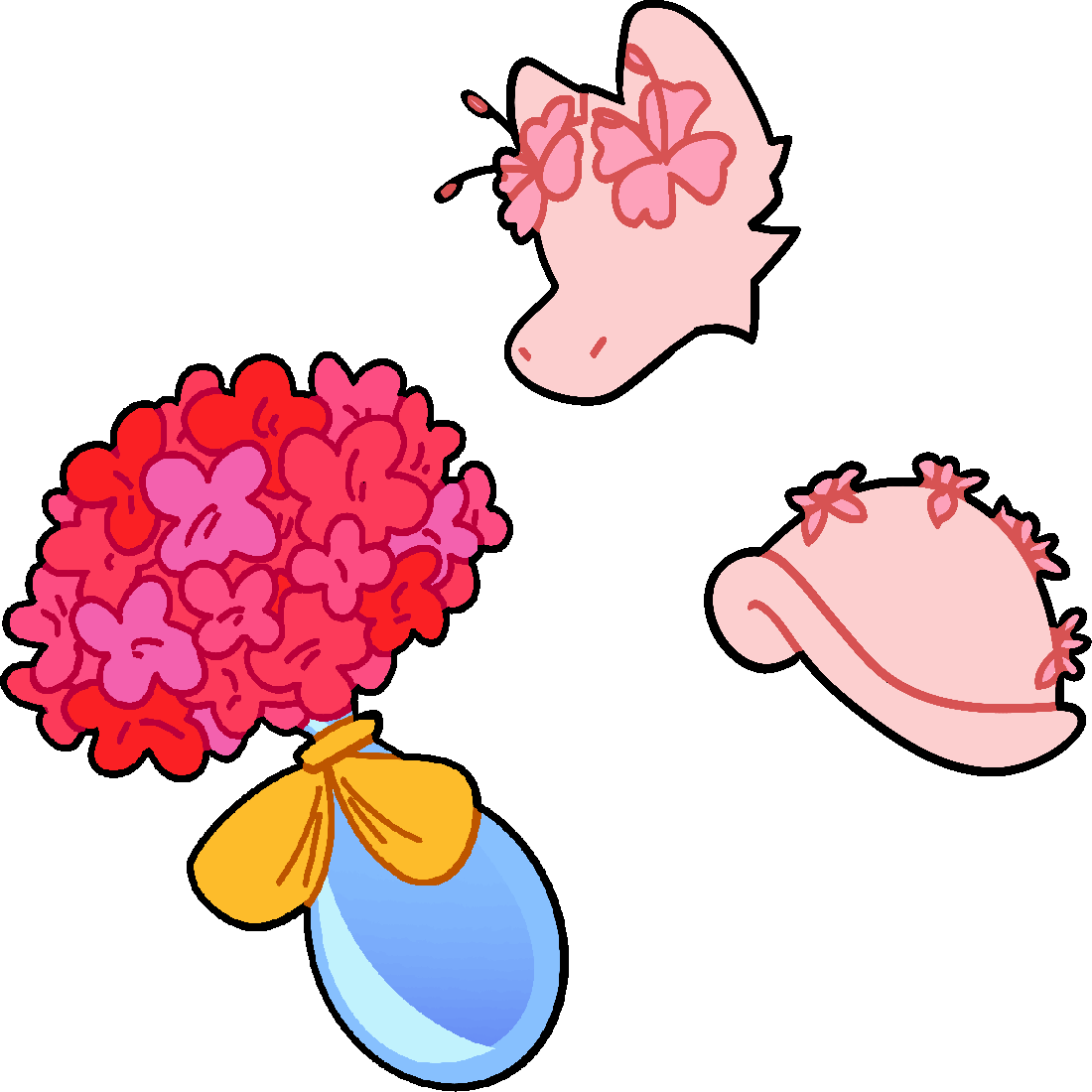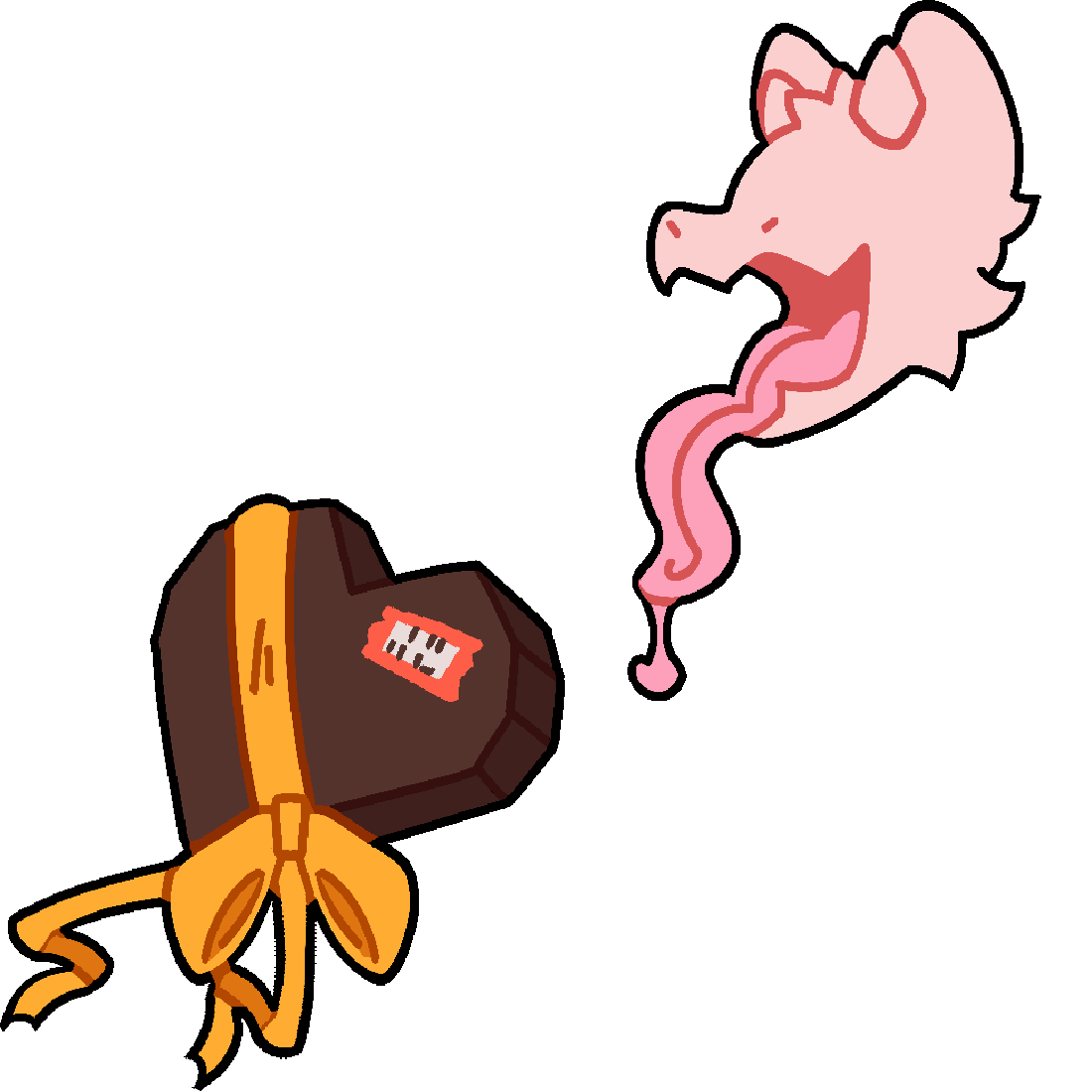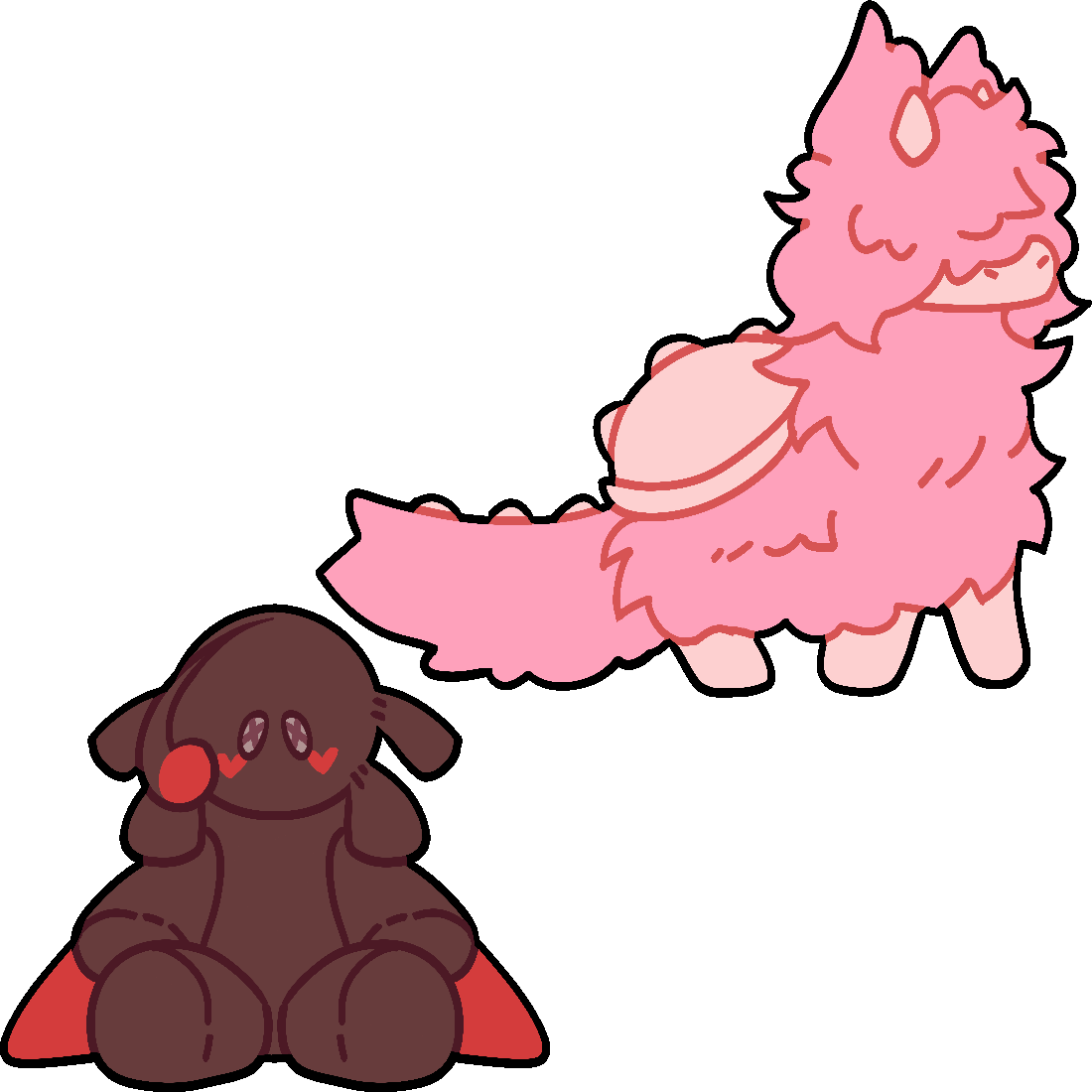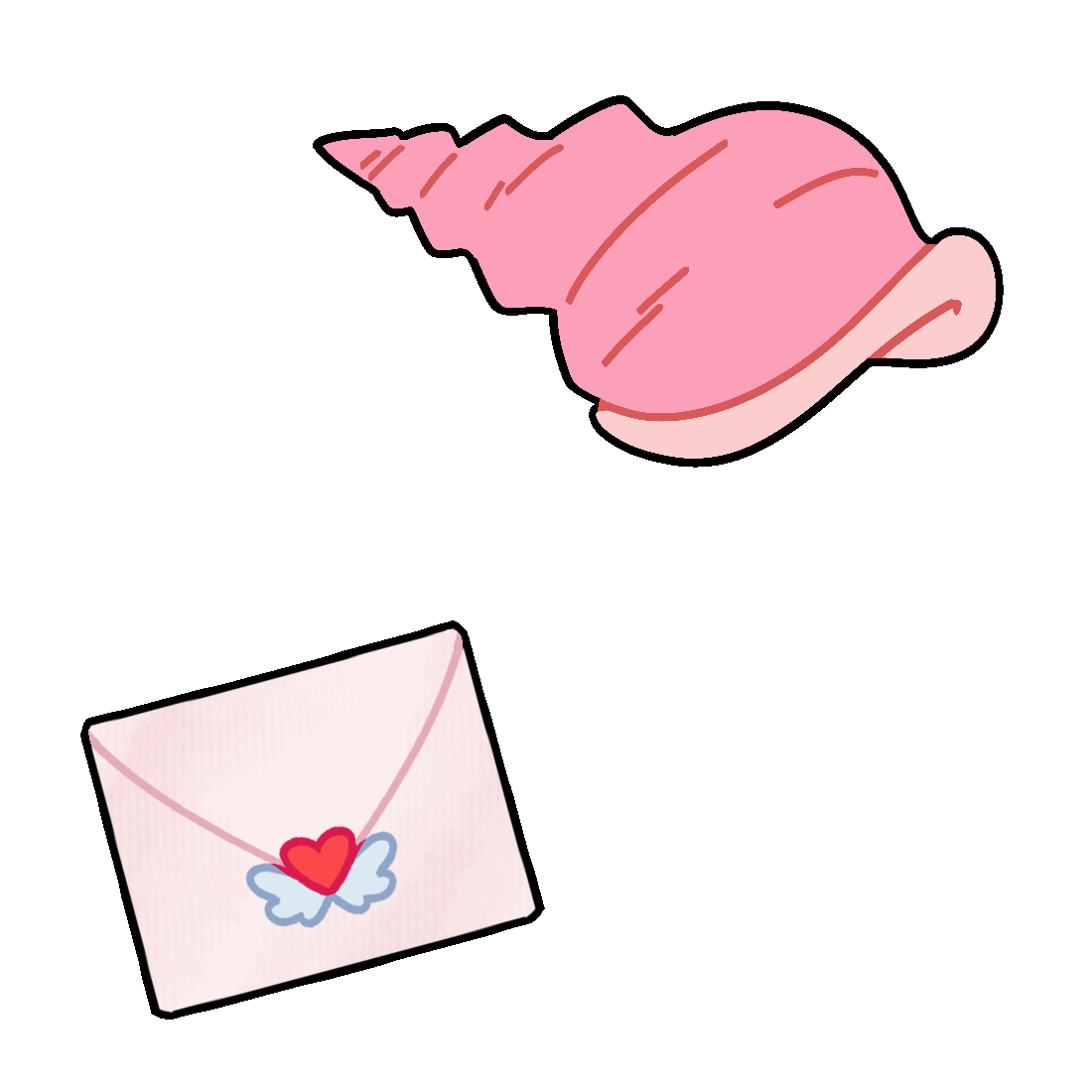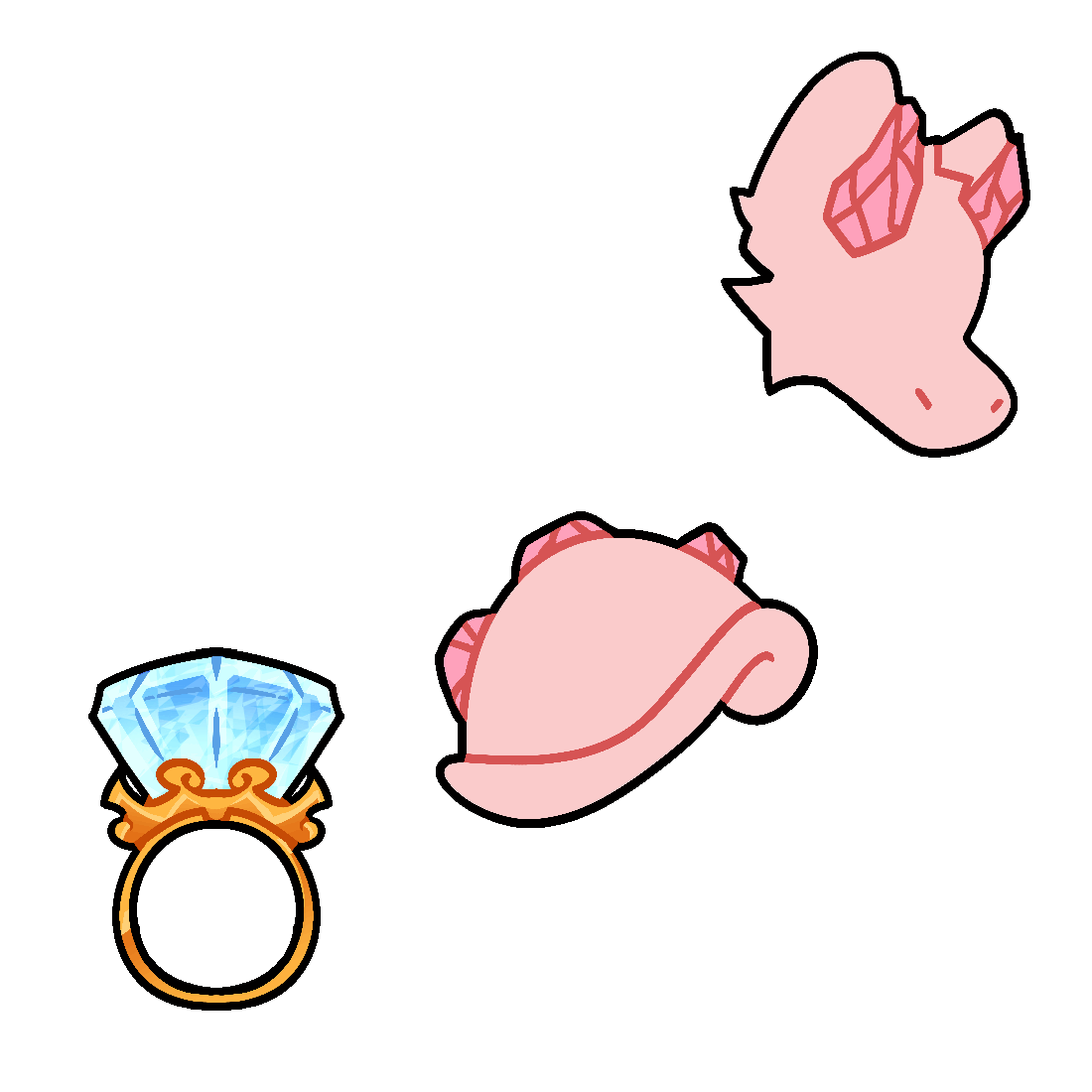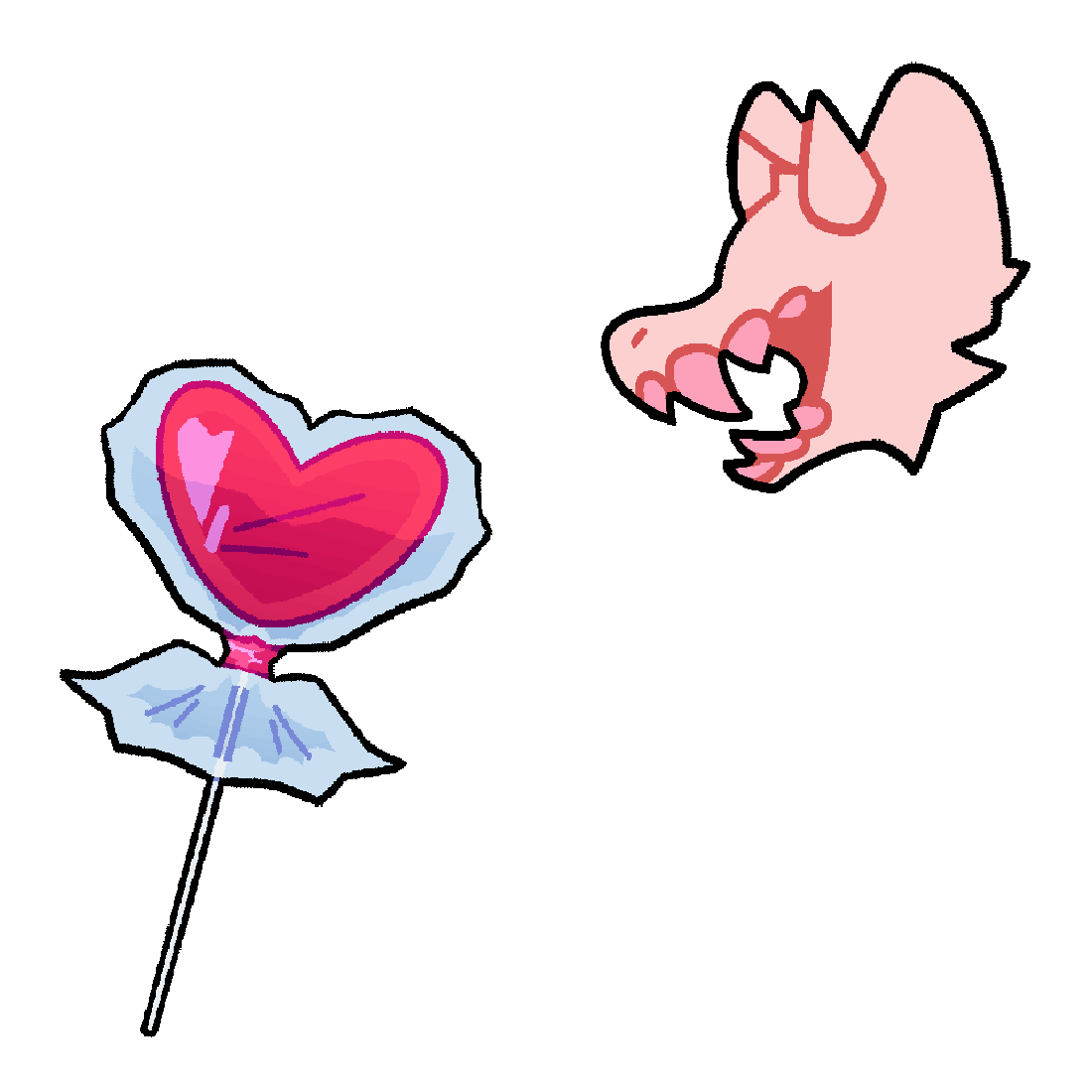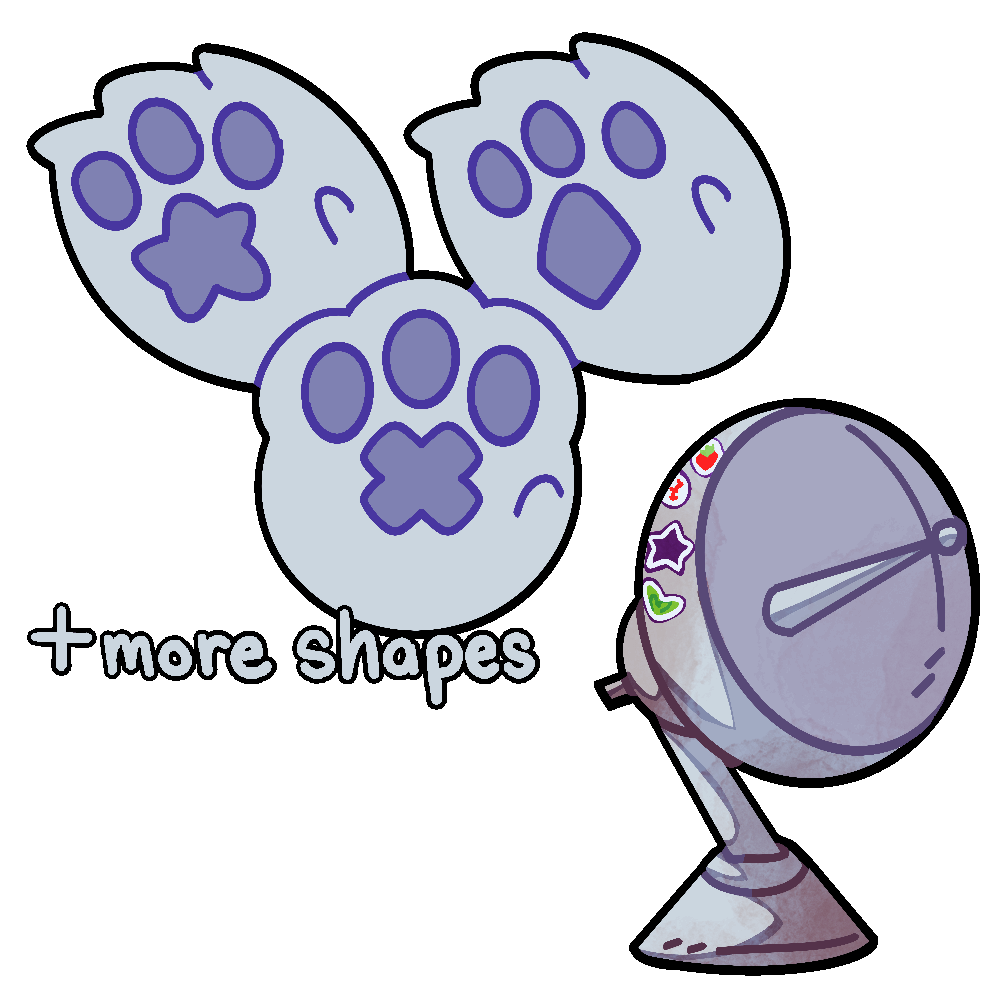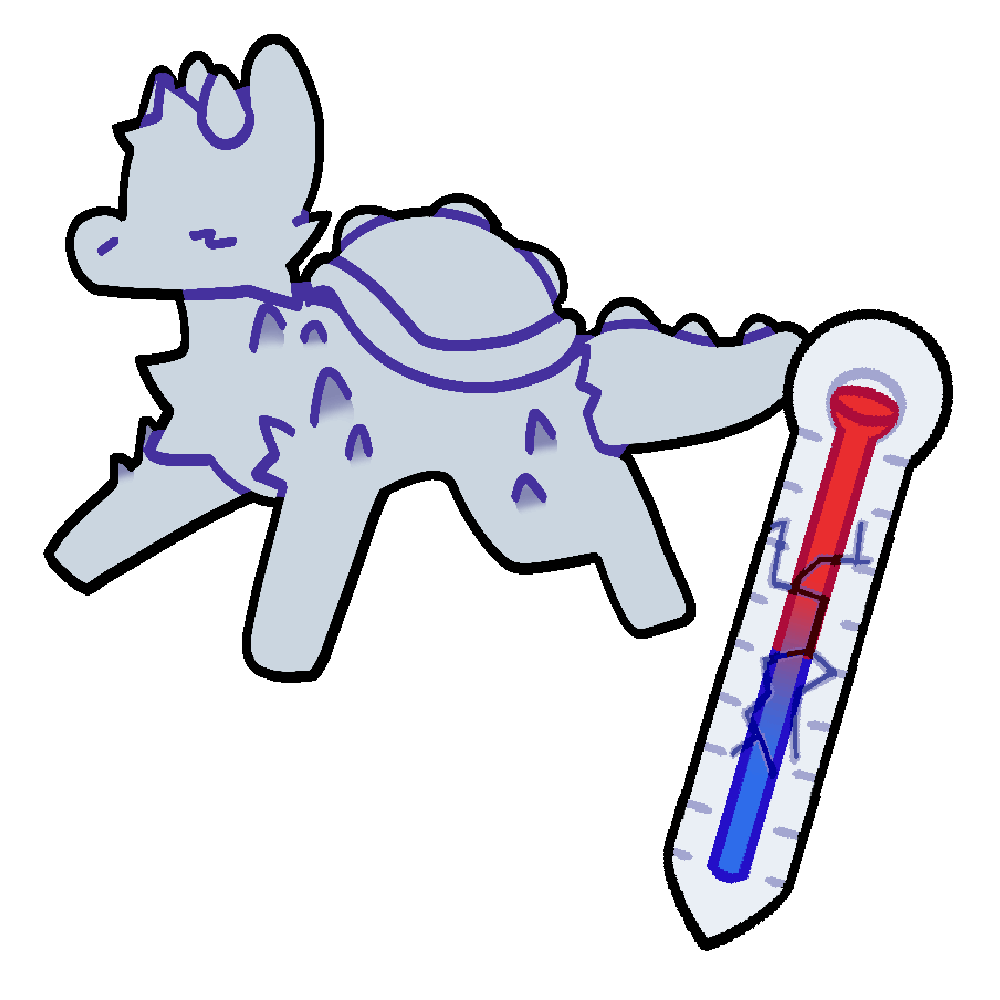



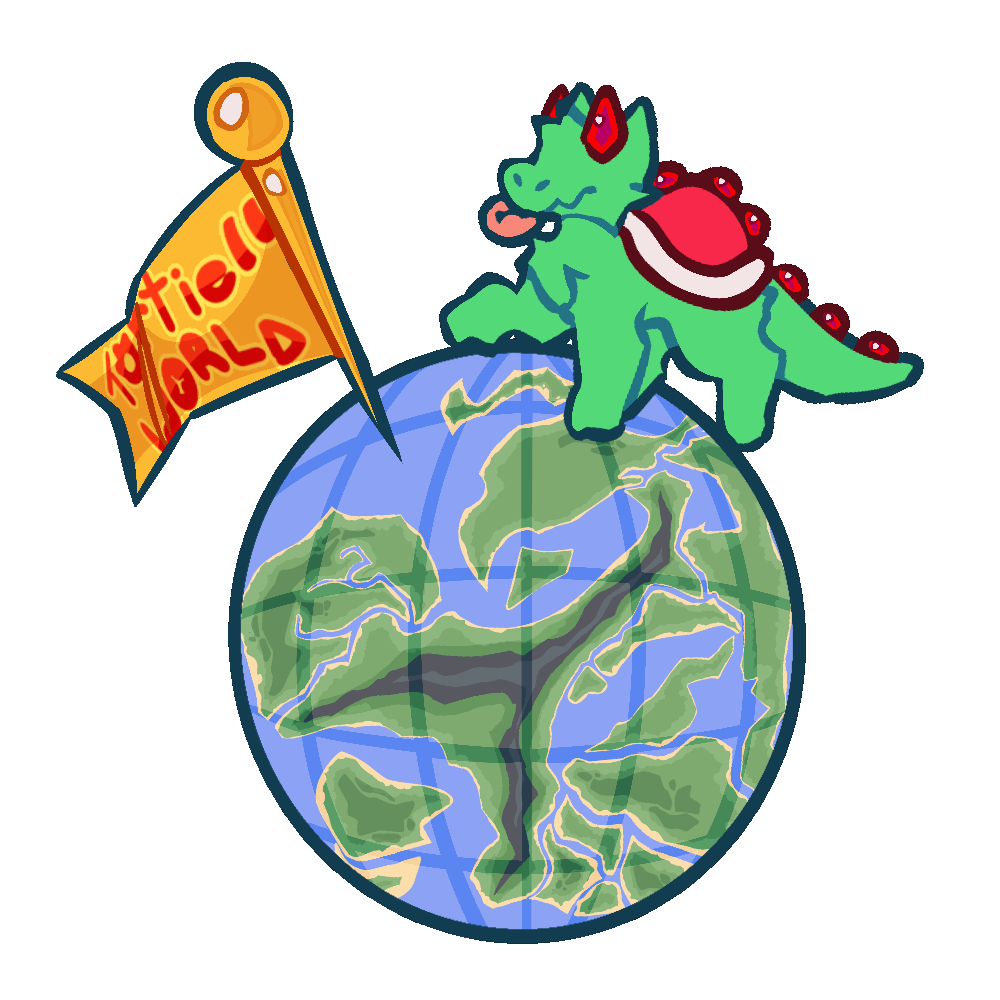
Tortiell World

What are Tortiells?
Tortiells are a semi-open original species created by
jazznadoez! These creatures have large, thick shells that serve to protect their fragile spines. They come in an array of colors and patterns. They do not possess eyes, but make up for it by having an excellent sense of smell and hearing.
At present, only six subspecies of tortiell are known, with two species hybrid crossovers! To learn more, continue exploring around!

QUICK NOTE : While tortiells were created primarily to live in their own universe, tortiells CAN be integrated into any story an artist has in mind. Most of the lore for tortiells mainly applies to the inhabitants of Tallonbria.











Anatomy
n/a


Subspecies
Tortiells are a diverse species, and have unique subspecies with their own sets of abilities and traits! Scroll down to find everything you need to know!
Jump Points- Common
- Maribbean
- Terrhine
- Aerodor
- Alkali
- Kamuri
- Glaciallen
- Tortijel

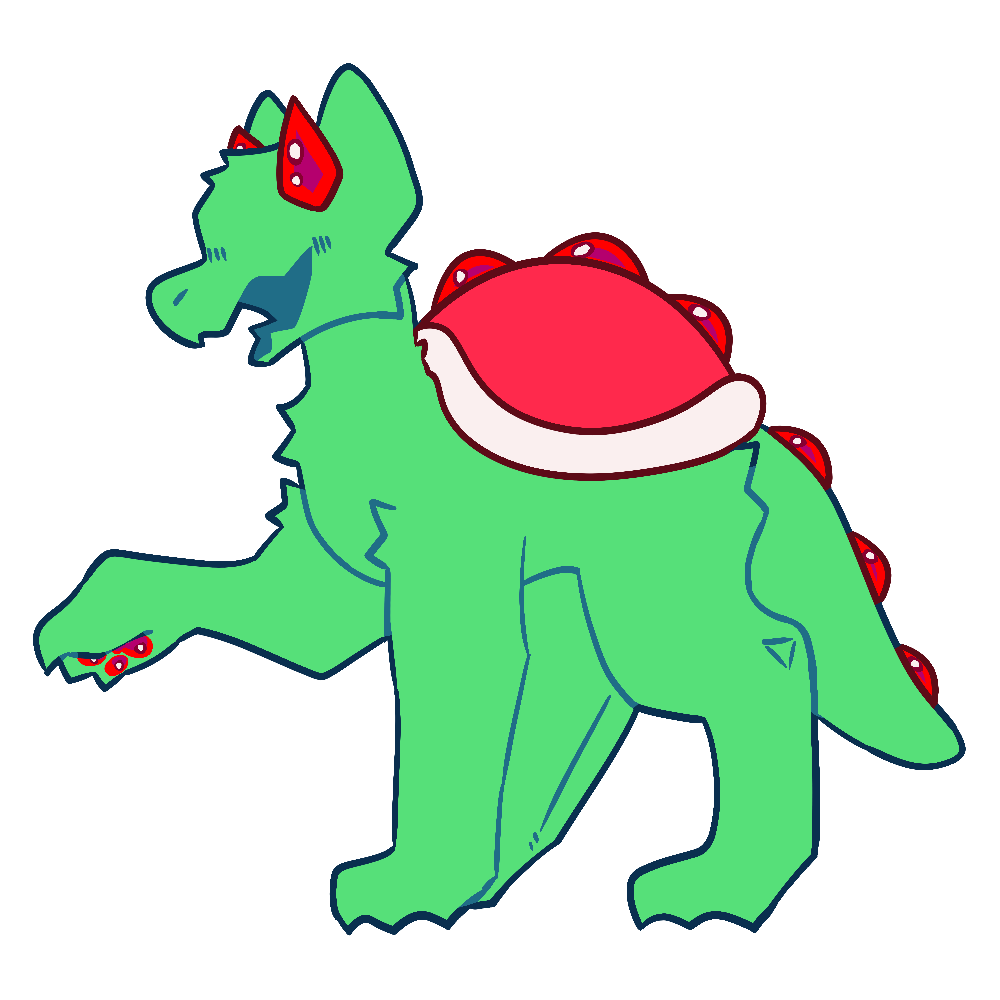

| SUBSPECIES NAME | MYO STATUS |
|---|---|
| (COMMON) TORTIELL | OPEN! THEY ARE FREE TO MAKE. |
PRONUNCIATION: TORT-TEE-EL
APPLICABLE ITEMS: N/A
These tortiells are— quite literally— the most common tortiells around. They are able to quickly adjust and adapt to any environment they are thrown in, meaning you can find these fellas everywhere.
EXTRA INFO:
All tortiells are omnivores UNLESS an individual decides to commit to a plant / meat only diet
All tortiells can only grow one shell in their lifetime (the one they were already born with). If a tortiell damages their shell, they can use their saliva— which contains a special substance— to repair their shell via washing the area. In a matter of days, their shell should be good as new. If the shell is SEVERELY damaged, they will soon die due to complications
Tortiells can use their tongues in a variety of ways. Not only can they repair shells, they can also be used to sense the presence of others by sticking them out (similar to snakes)! In “tortiell society” however, sticking one's tongue out is usually a universal greeting between two individuals
All tortiells are born through eggs
Tortiells have an average of measuring at about 4ft. tall. Of course, everyone is different, so there are obviously shorter and taller tortiells. While it is not regulated, it is encouraged that tortiells should be at a maximum height of 6ft. and a minumum of 2ft.

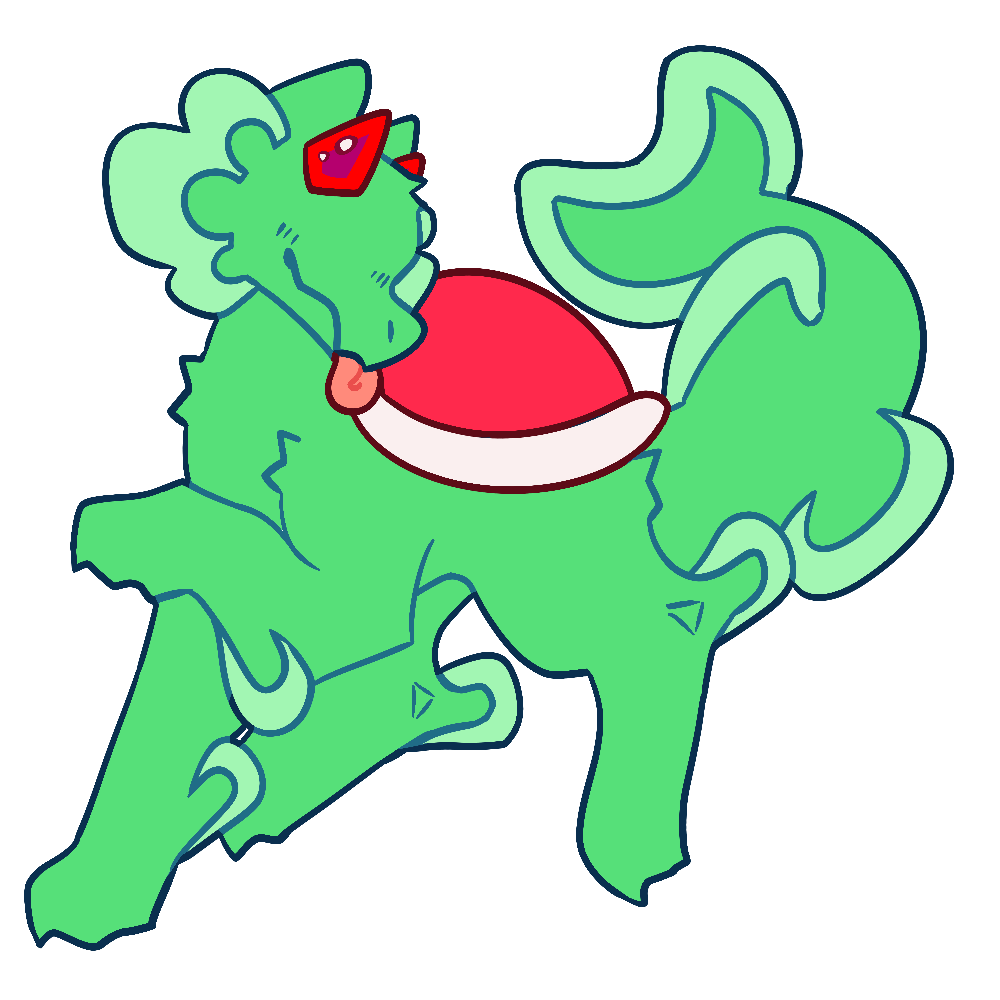

| SUBSPECIES NAME | MYO STATUS |
|---|---|
| MARIBBEAN TORTIELL | CLOSED! AN MYO IS NEEDED TO CREATE THIS TORTIELL. |
PRONUNCIATION: MA-RI-BEE-AN
APPLICABLE ITEMS:
Maribbean tortiells live in— or live near— bodies of water. These tortiells swim throughout the world with a speedy grace.
EXTRA INFO:
Maribbeans must stay in or near moisture to stay healthy. Prolonged exposure to dry conditions will not only give them dry and cracked skin, it will also make them dehydrated
Maribbeans are incredibly fast and agile swimmers. When in water, they can swim speeds of up to 70 mph! At high speeds such as these, they only need to move their tail to change direction
Maribbeans tend to have a more vegetarian diet than most tortiells
Despite living in water, maribbeans cannot stay underwater forever. At a maximum, they can breathe and thrive submerged for only 15 hours
Maribbean tellies are born underwater. If a tellie is born on land, they are at high risk of contracting skin diseases

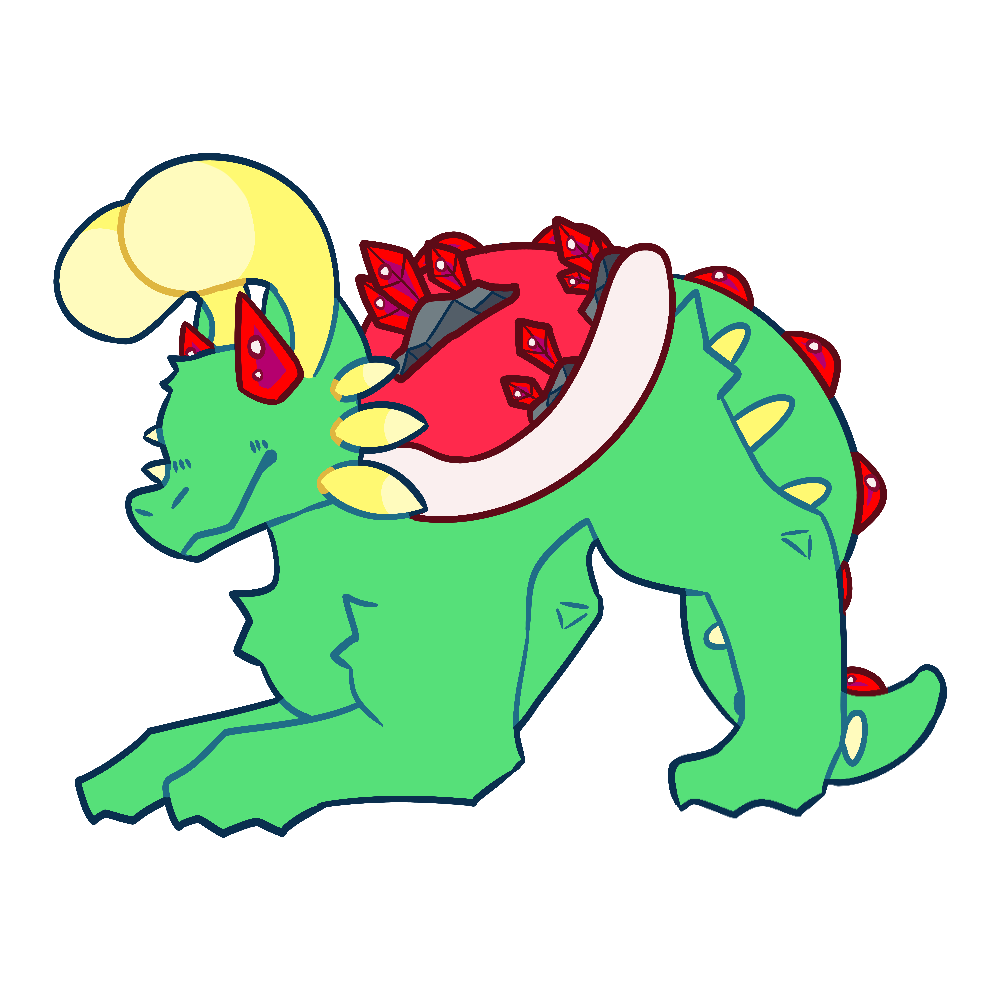

| SUBSPECIES NAME | MYO STATUS |
|---|---|
| TERRHINE TORTIELL | CLOSED! AN MYO IS NEEDED TO CREATE THIS TORTIELL. |
PRONUNCIATION: TE-R-INE
APPLICABLE ITEMS:
Terrhine Tortiells are a dazzling bunch! They live in dark, shaded areas such as caves or mines. These tortiells aren’t too fond of the sun…
EXTRA INFO:
Being exposed to too much sunlight can make Terrhines feel dazed and receive bad sunburns
Their antennae and whiskers serve to help them navigate in dark and enclosed spaces. Despite tortiells being blind, these appendages also happen to glow in the dark
Terrhines can have bioluminescent “spots” anywhere on their body!
The moss, crystals, and occasionally gems that grow on their shells is due to rich minerals their ancestors were exposed to. A terrhine without crystals is unheard of
When up against enemies that do possess eyesight, terrhines can emit a bright light from their bioluminescent appendages and spots to stun their enemy
Terrhines are able to dig 82ft. deep below the surface vertically; horizontally, they can essentially keep excavating until they are tired or an external problem causes them to stop

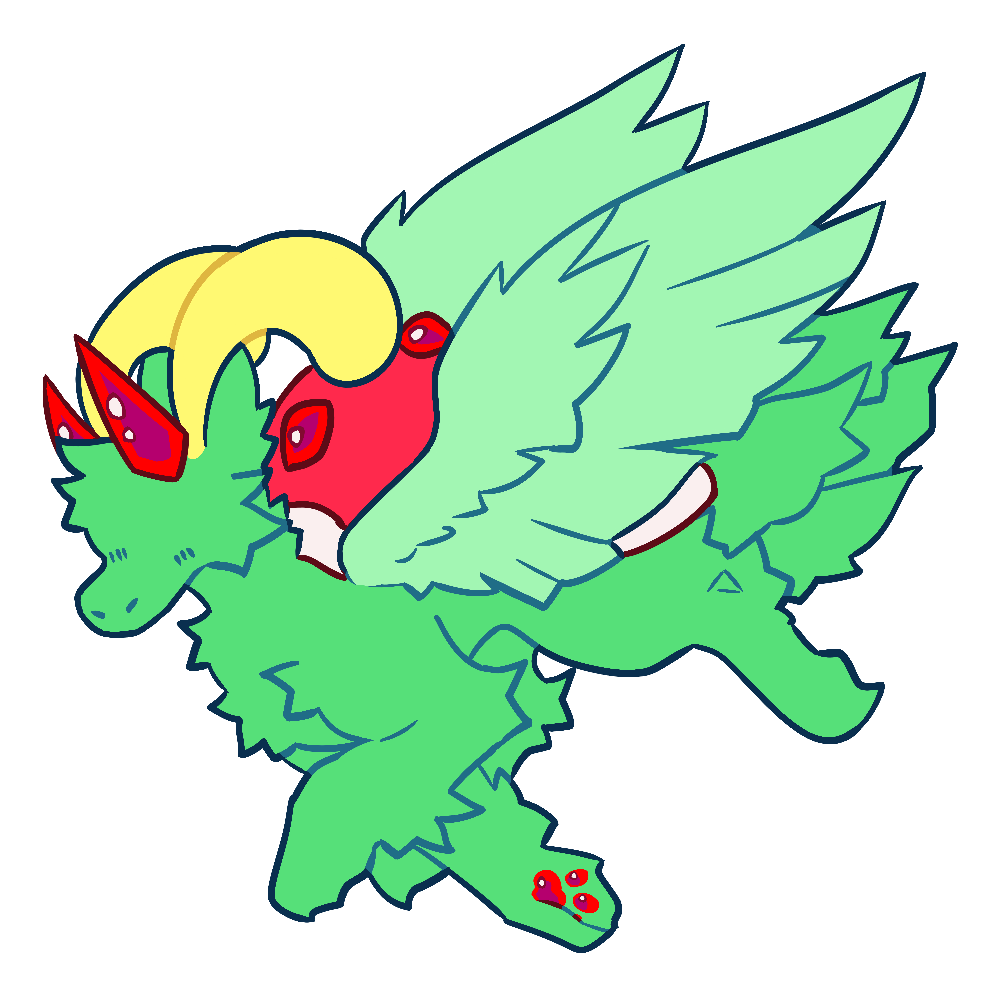

| SUBSPECIES NAME | MYO STATUS |
|---|---|
| AERODOR TORTIELL | CLOSED! AN MYO IS NEEDED TO CREATE THIS TORTIELL. |
PRONUNCIATION: AIR-AH-DOOR
APPLICABLE ITEMS:
Aerodor tortiells take to the skies with their feathered wings! Aerodors prefer to live in arid, dry, and hard to reach areas. Very rarely will you see an aerodor stick to the ground for too long.
EXTRA INFO:
Aerodors prefer a more carnivorous diet than most tortiells
Aerodors molt at the beginning of every season; rest assured, they do not become bald during these times.
An aerodor’s antennae allows them to “see” when in flight. It allows them to detect changes in their environment, such as wind speed, weather conditions, air pressure, currents, etc.
Aerodor horns are naturally bigger than all other subspecies of tortiell. It allows them to be perceived as bigger than their true size
Some aerodors hold a nasty grudge against alkali tortiells in terms of power

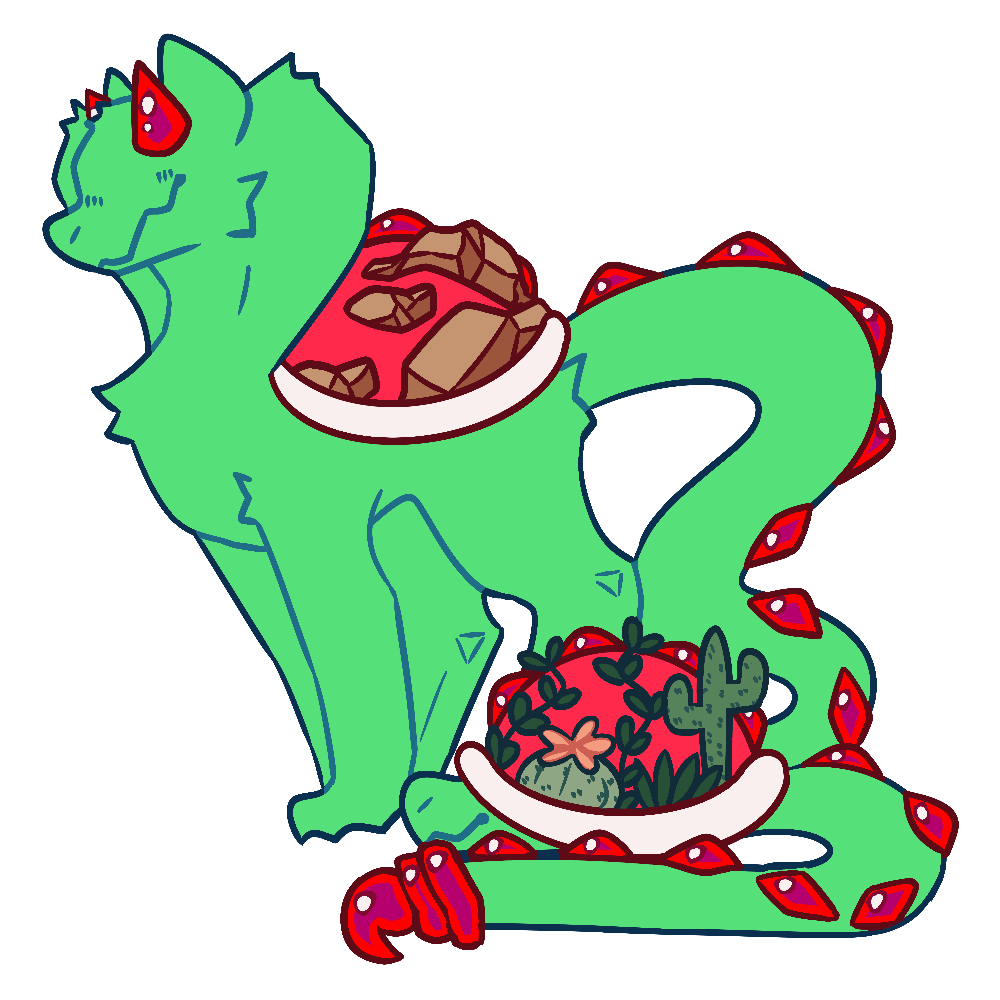

| SUBSPECIES NAME | MYO STATUS |
|---|---|
| ALKALI TORTIELL (ARID & LYFE) | CLOSED! AN MYO IS NEEDED TO CREATE THIS TORTIELL. |
PRONUNCIATION: AL-KA-LIE
APPLICABLE ITEMS:
Alkali tortiells roam the grand vastness of the desert! These tortiells are well adjusted to hot, sweltering weather.
EXTRA INFO:
Arid alkalis typically tend to live in more dry and rocky spaces, while lyfe alkalis prefer more humid and tropical conditions
The rocks and vegetation on arid and lyfe alkalis (respectively) are used as a camouflage tactic
Alkalis generally don't use their rattles / stingers much. If they feel threatened, their rattle will begin to shake and make noise, like that of a rattlesnake. If the presence of danger does not leave, they begin to lift their tail in a striking position as a warning
An alkalis stinger contains lethal venom that can easily kill a tortiell. Thankfully, alkalis can control the amount of venom they’d like to inject into their target, ranging from zero to a full dose
Alkali tortiells are known for eating more “exotic” food, such as meals containing ingredients unheard of in most areas to the amount of spices they add
Alkalis prefer to leave their eggs out in the open so they can receive great amounts of sunlight. Of course, this comes with its complications because of natural predators and egg stealers, so it has become custom for either parent to guard their eggs at all times
Alkali tellies are born without the plants or rocks on their shells. Instead, these camouflage items latch on to the tellie depending on the environment in where it was laid (ex. One egg has been laid near a rocky outcropping while another by a cactus. The egg near the rocks will eventually grow into an arid alkali, while the one by the cactus will become a lyfe alkali). Whether a tellie is an arid or lyfe variant has nothing to do with the parents genes.
An alkali’s snake hood is used to make the tortiell seem bigger than they actually are, similar to aerodor horns
Some alkalis hold a nasty grudge against aerodor tortiells in terms of power

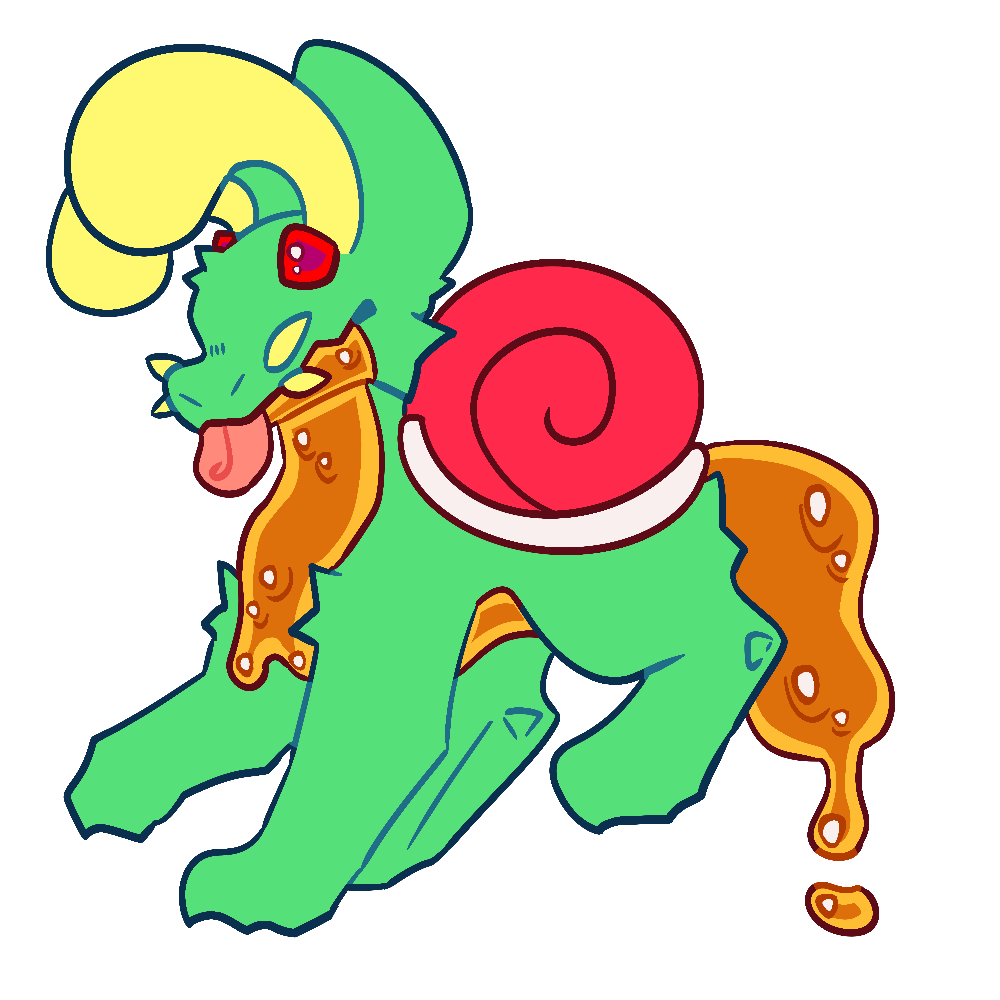

| SUBSPECIES NAME | MYO STATUS |
|---|---|
| KAMURI TORTIELL | OPEN! THEY ARE FREE TO MAKE |
PRONUNCIATION: CA-MOO-REE
APPLICABLE ITEMS: N/A
These small tortiells can be found anywhere by simply looking hard enough! Kamuri tortiells enjoy spending their time in nooks and crannies that are hard to reach.
EXTRA INFO:
Kamuries can slide around on their bellies using their slime; this fun past-time however, does leave quite a mess
Despite living virtually anywhere, kamuries are not fond of dry climates
Any part of a kamuri can be replaced with slime. However, a kamuri cannot be entirely made of slime
A kamuri’s tail can be any shape and size! Kamuri tails do not apply / go against the trait sheets
A kamuri’s average height is 2ft. tall. The largest kamuri to have existed was recorded at 3 and half ft. tall.
As stated before, it is highly encouraged, but not regulated, that kamuries should be at a maximum of 3ft. tall and a minimum of 1ft.
Kamuries are able to hold their breath for 30 minutes! This is largely thanks to their slime for being “breathable”
Despite what many think, you can’t simply plunge your arm into a kamuri’s chest and break off their clavicle; Kamuri slime has a hardened bit that keeps the external environment from getting into their bodies
Kamuri slime is the same color as their blood
Kamuri tellies have been recorded to be as small as 3in. tall when first-born!

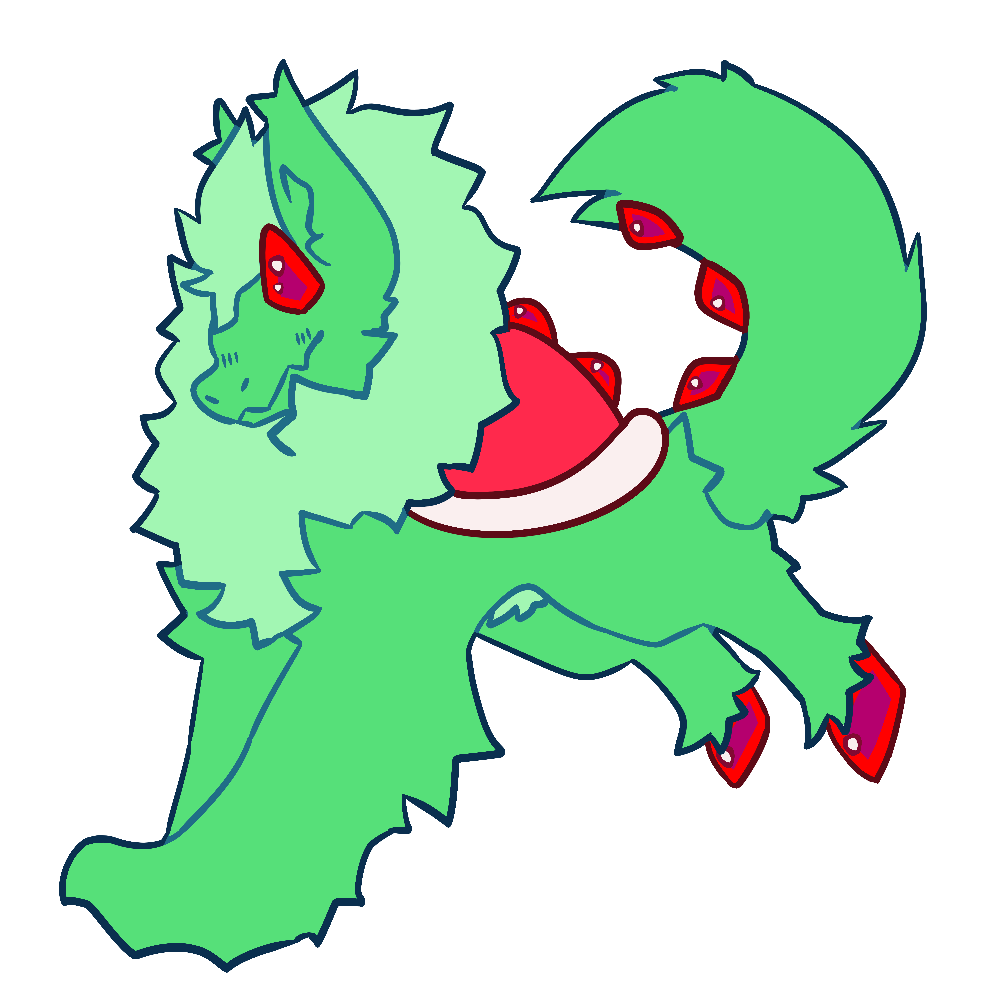

| SUBSPECIES NAME | MYO STATUS |
|---|---|
| GLACIALLEN TORTIELL | CLOSED! AN MYO IS NEEDED TO CREATE THIS TORTIELL |
PRONUNCIATION: GLAY-SHELL-EN
APPLICABLE ITEMS:
Meet the yetis of tortiell-kind! Glaciallens thrive off sub-zero climates and can easily navigate through blizzards!
EXTRA INFO:
It is strongly advised for Glaciallens to not spend much time in summer heat, else they risk having a stroke
Glaciallens are able to detect faint sounds thanks to their large ears
Glaciallen’s are naturally the heaviest subspecies of tortiells
A glaciallen’s average height is 5ft.! That makes their maximum height 7ft. and minimum height 3ft. (Again, not regulated but encouraged)
A glaciallen’s front legs are primarily used to dig through feet of snow, but are also useful in combat thanks to their size and force
A glaciallen’s mane keep them protected from harsh, cold temperatures that are as low as -70°F
Glaciallens are able to traverse rocky or uncertain terrain thanks to their hoofed hind-legs!
Due to the size of their front legs, glaciallens run and walk a bit awkwardly; don’t let this fool you from how easily they could crush you



| HYBRID SPECIES | MYO STATUS |
|---|---|
| TORTIJEL | THIS HYBRID IS EVENT EXCLUSIVE! |
PRONUNCIATION: TORT-E-JEL
APPLICABLE ITEMS: N/A
These guys are a species crossover between Jellinus and Tortiells! Learn more about Jellinus here!
EXTRA INFO:
Tortijels inherit the jelly qualities of Jellinus
Their tails must be composed of 25%+ jelly
Tortijels sport small wings on their thighs, which can be replaced in favor of stitches or scars where they once were
Opposed to regular tongues, Tortijel tongues are naturally forked.
Tortijel horns can be composed of jelly or other / regular horn material
Tortijels can have both feral and anthro builds
Similar to kamuries, tortijel tails and horns do not apply to the tortiell trait list
A tortijel’s shell is also made of jelly, but it is significantly harder than other jelly parts
The jelly scales on tortijels are optional to have!

FAQ
Many questions about the species and how it works might be answered here! If you still have any questions, don’t be afraid to contact the Tortiell World Discord staff team!


Tellies

Baby tortiells are known as tellies. They’re laid as eggs and their incubation period can last from nine to ten months. Depending on the subspecies, parents leave their eggs in ideal locations or nests. All tellies are generally born with small, rounded horns, laid back ears, and no scales.
A very common superstition/belief among tortiells is based on the time of day a tellie is born. If they hatch during the day, it is said they will be blessed with strength; if they hatch at night, they will be blessed with intelligence. There is currently no proof of this being true as of yet.

Tellie Growth Chart
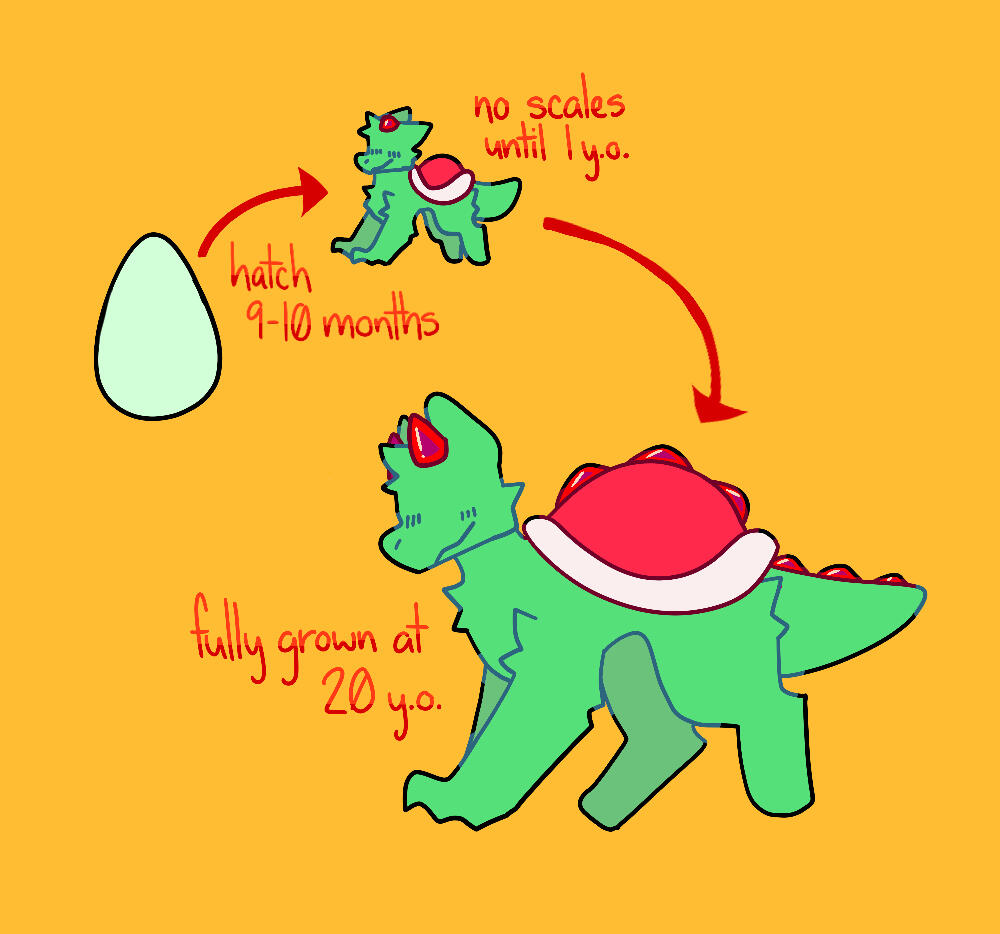

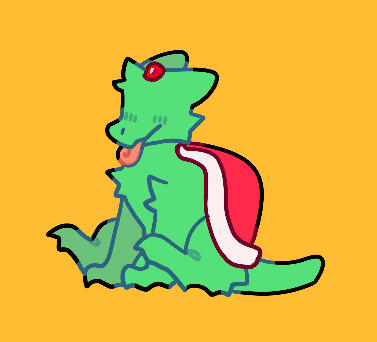
| Subspecies |
|---|
| Common |
| Description |
|---|
| Common tortiells typically secure their eggs anywhere tight and closed for maximum protection. Tellies age and develop similarly to human children, and then on as adolescents. |

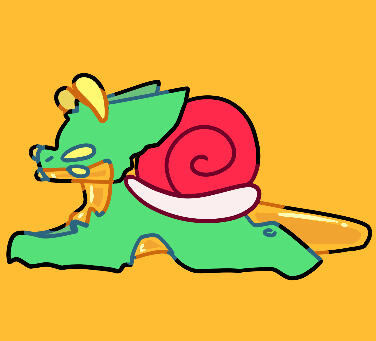
| Subspecies |
|---|
| Kamuri |
| Description |
|---|
| Kamuries tend to leave their eggs in enclosed, damp areas, such as swamps. Kamuri tellies are born with small whiskers and antennae, large ears, no horns, and an excessive amount of slime. |

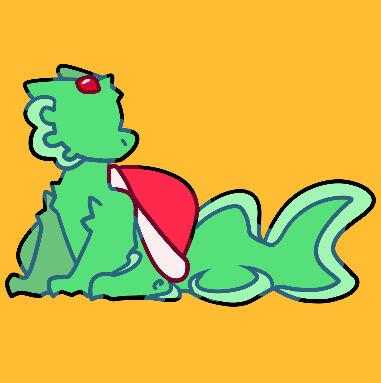
| Subspecies |
|---|
| Maribbean |
| Description |
|---|
| Maribbean tortiells leave their eggs hidden underwater, just below the shore. Maribbean tellies have tiny gills (cheeks), small fins, and big tails. |


| Subspecies |
|---|
| Terrhine |
| Description |
|---|
| Terrhine tortiells love to leave their eggs in caves or burrows near deposits of rich minerals, such as quartz, obsidian, sapphires, etc. Terrhine tellies are born with small whiskers, large antennae, and zero crystals/gems (slowly grows in over time). |

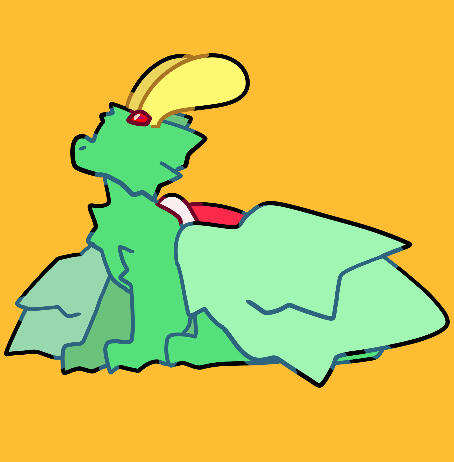
| Subspecies |
|---|
| Aerodor |
| Description |
|---|
| Aerodors tend to their eggs in high altitudes, such as on cliffs or trees. Aerodor tellies have large antennae and extra feather fluff, which makes their wings seem bigger than they really are. |


| Subspecies |
|---|
| Alkali (Lyfe & Arid) |
| Description |
|---|
| Alkalis nurse their eggs in wide, open spaces, preferably near clusters of rocks or vegetation. Alkali tellies are born without rocks or plants on their shells, as well as no stinger (all begin to develop at one year of age). |

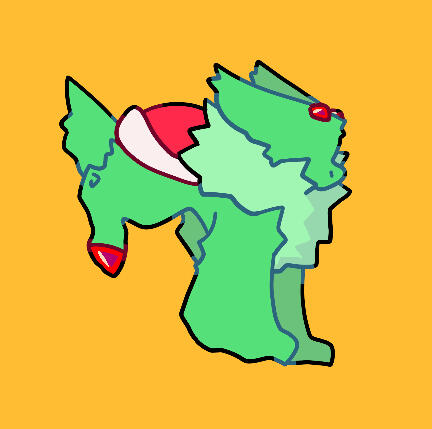
| Subspecies |
|---|
| Glaciallen |
| Description |
|---|
| Glaciallens actually prefer to bring their eggs along with them via their large mane, which can easily hold on to the eggs and keep them secure and warm. Glaciallen tellies are born with floppy, rabbit-like ears and a puffed up mane. Their manes will slowly grow into their forehead and upper stomach over time. |


Traits
n/a


Limited / Event only Traits
A useful page to keep track of all the limited and event only items and traits!Note: Some event exclusives from previous months can return in future events not associated to their month.
Jump Points- February Exclusives
- June Exclusives
February Exclusives

Pretty Bouquet | Flower Horns/Scales

Choco Heart | Xtra Lrg Tongue

Plush Raycha | Overgrown Fur

Cupid’s Weapon | Cupid Wings

Enamored Envolope | Conch Shell

Dazzling Ring | Crystalized Horns/Scales

Lovllipop | Outer Teeth

Hidden Gift | Randomized
June Exclusives

Perma-Anthro | Critter’s Lucky Leg

Elemental Cloud Horns/Scales/Tail | Rusty Anemometer

Shaped Paw Pads | Stellar’s Satellite Dish

Spiked Body Scales | Broken Thermometer


Mini Species
n/a

Official Bases
Find free to use bases of all the tortiell subspecies, hybrids, and mini-species!


Tortiell world Discord Staff
Meet the tortiell staff team members!

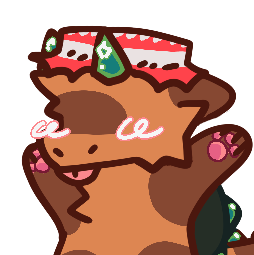
jazznadoez
jazznadoez#0927
Owner and Creator


adrian
adrian#0666
Moderator / Curator

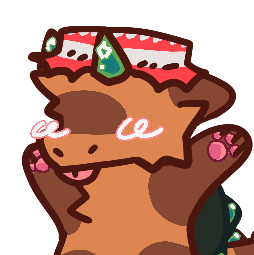
Neb
Neb#6169
Moderator / Curator

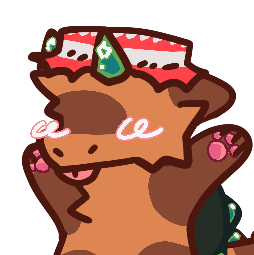
Nau
Nau#1970
Moderator / Leader

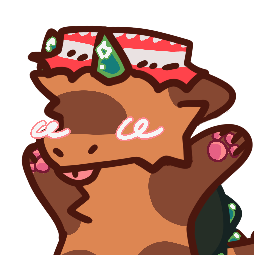
Bates
Battalion#3407
Moderator / Curator


Discord Guide
Navigate the Tortiell World Discord with this handy guide!












